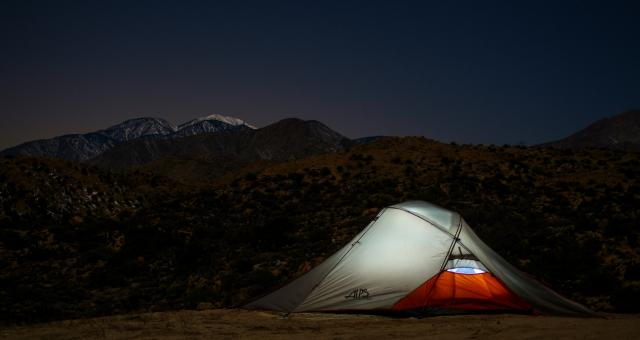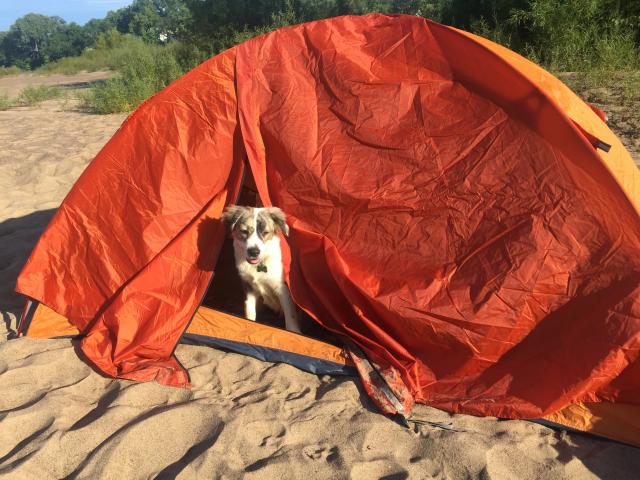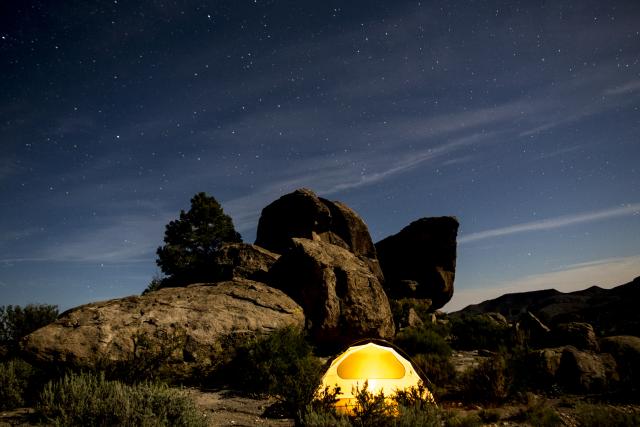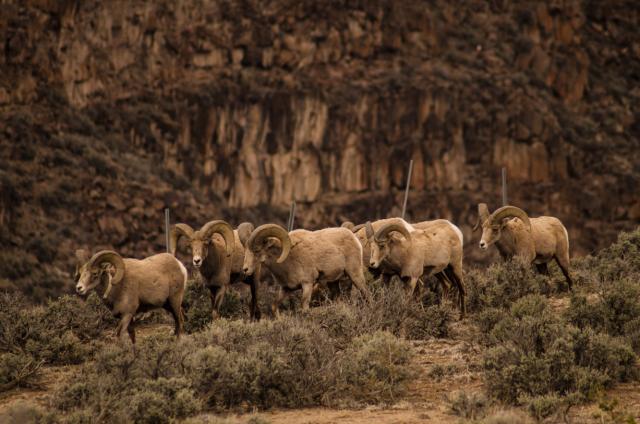Related Stories
- BLM’s Agua Fria National Monument is a worthwhile destination on your winter bucket list
- Celebrating Winter Solstice 2025 at the Meadowood SRMA
- Progress on Public Lands: BLM 2025 Trump Administration Accomplishments | January 20 - December 31, 2025
- Popular posts: BLM's most viewed blogs of 2025
- Take a First Day Hike on Your Public Lands




